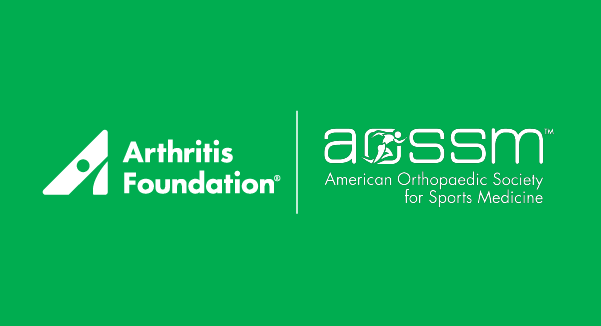Osteoarthritis of the Shoulder
Get information about the causes, symptoms and treatments for shoulder osteoarthritis, which is more common and debilitating than you may think.
In shoulder osteoarthritis (OA) – also called degenerative joint disease – your cartilage and other joint tissues gradually break down. Friction in the joint increases, pain increases and you slowly lose mobility and function. Shoulder OA is not as common as OA of the hip or knee, but it is estimated that nearly 1 in 3 people over the age of 60 have shoulder OA to some degree.
Joints in the Shoulder
Your shoulder has three bones that come together to create two separate joints. The acromioclavicular (AC) joint is formed where your collarbone (clavicle) meets the bony tip of your shoulder blade (acromion). The glenohumeral joint forms where the head of your upper arm bone (humerus) fits into your shoulder blade (scapula). OA is more common in the AC joint than the glenohumeral joint.
Causes of Shoulder OA
Shoulder osteoarthritis can be either primary or secondary.
- Primary OA has no specific cause, but is related to age, genes and sex. Primary OA is usually seen in people over the age of 50, and women are affected more often than men.
- Secondary OA has a known cause or influencing factor, such as previous injury, history of shoulder dislocations, infection, or rotator cuff tears. Having certain occupations such as heavy construction – or participating in sports can also put you at higher risk of developing shoulder OA.
Symptoms of Shoulder OA
Pain is the most common symptom of shoulder arthritis. Pain is aggravated by activity and gets worse over time. As the disease progresses the pain will continue when you are at rest and will begin to interfere with sleep. The affected joint will dictate where the pain is felt in the body:
- If the glenohumeral shoulder joint is affected, the pain will be felt at the back of the shoulder and may feel like a deep ache.
- If the AC joint is affected, pain will be focused on the top of the shoulder. This pain may radiate up the side of the neck.
- Limited motion and stiffness: You may lose range of motion and feel stiffness that makes it difficult to do everyday tasks, such as lifting your arm to wash your hair or getting something down from a shelf.
- Crepitus: Hearing and feeling grinding and clicking noises as you move your shoulder.
Diagnosing Shoulder OA
To diagnose shoulder OA, your doctor will ask about your symptoms and medical history. During the exam she will look for:
- Muscle strength.
- Tenderness to the touch.
- Mobility – both active and passive range of motion.
- Signs of new or old injuries.
- Other joints with signs of arthritis.
- Crepitus (a grating sensation inside the joint) with movement.
- Pain in certain positions.
- Swelling or joint enlargement.
Treatments for Shoulder OA
Osteoarthritis is a chronic disease. There is no cure, but there are many ways to ease pain, preserve mobility and stay active. Healthy lifestyle habits and self-care are effective non-drug ways to manage symptoms. Options include hot or cold therapy, strength training and flexibility exercises, physical therapy, braces and massage.
Medicines to ease OA symptoms are available as pills, syrups, creams or lotions or they are injected into a joint. They include pain relievers like acetaminophen, anti-inflammatories like non-steroidal anti-inflammatory drugs (NSAIDs) and corticosteroids and counterirritants like capsaicin or menthol.
As a last resort, joint surgery can help to reduce pain and improve mobility when other treatments have failed. The options include procedures to remove loose pieces of cartilage or bone (arthroscopy) or replace damaged joints with a ceramic, plastic or metal implant.
Medicines to ease OA symptoms are available as pills, syrups, creams or lotions or they are injected into a joint. They include pain relievers like acetaminophen, anti-inflammatories like non-steroidal anti-inflammatory drugs (NSAIDs) and corticosteroids and counterirritants like capsaicin or menthol.
As a last resort, joint surgery can help to reduce pain and improve mobility when other treatments have failed. The options include procedures to remove loose pieces of cartilage or bone (arthroscopy) or replace damaged joints with a ceramic, plastic or metal implant.
Hello,
Diagnosed With Osteoarthritis?
Get the latest news and tips about living with OA in the Living Your Yes! e-newsletter.


